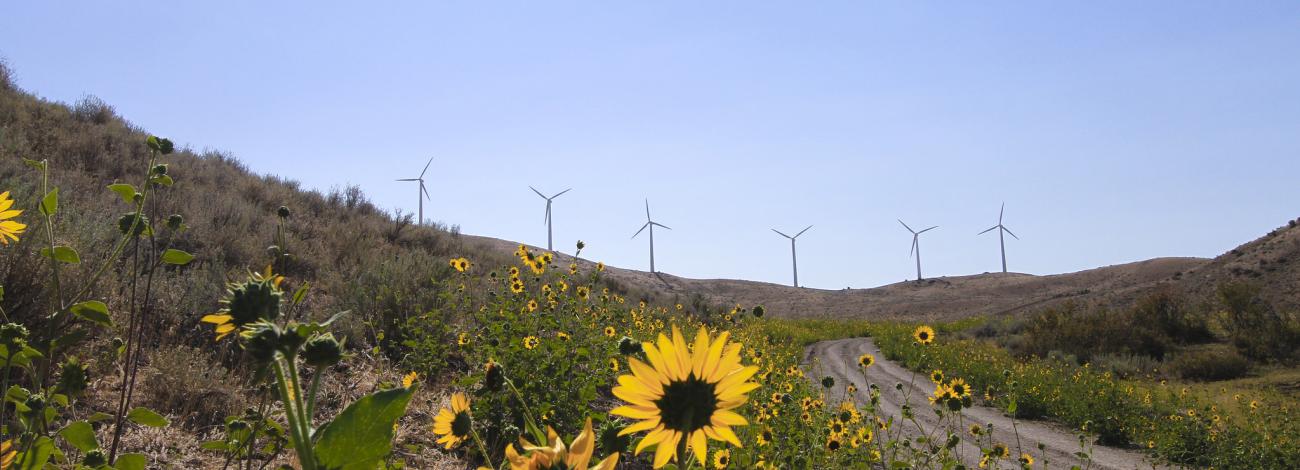
Adaptive Management
Managing public lands amidst changes
Along with our partners, the BLM has a substantial role in reducing environmental threats on public lands across the United States. We are well-equipped with a strong record on conservation and adaptive management, backed by the deep knowledge and expertise of our land management scientists. Adaptive management promotes flexible decision making that can be adjusted in the face of uncertainties. Careful monitoring of changing outcomes helps us adjust operations as part of an iterative learning process, ensuring we are as efficient and effective with management actions and resources.
